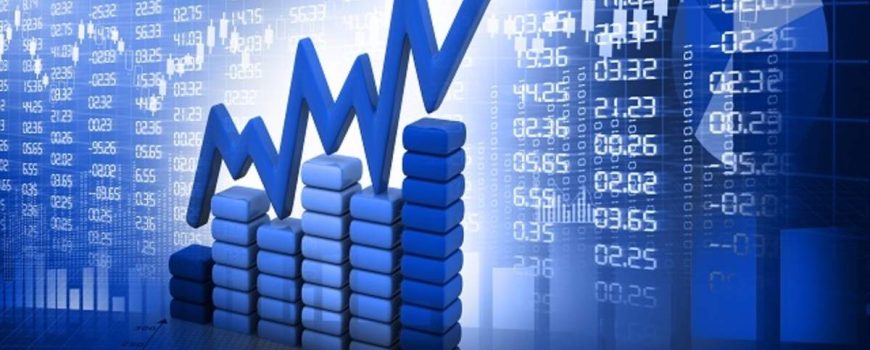| There has been significant movement in financial markets due to US President Trump imposing tariffs on imports from most countries. As a result, you may see a negative effect on your investments in the short term, and we understand this turbulence may cause some concern.
What happened?
The US announced a set of “reciprocal tariffs” on a range of countries, based on what it believes to be the effective tariff rates that these nations impose on US goods, including factors like local sales taxes and alleged “currency manipulation.” In Australia, with which the US maintains a trade surplus, we will face a 10% tariff (the minimum rate). Goods manufactured in the US are exempt from these tariffs. There are also some temporary exemptions, including: steel and aluminium; automobiles and auto parts already affected by Section 232 tariffs; copper, pharmaceuticals, semiconductors, and lumber; and bullion, energy, and minerals not readily available in the US.
While President Trump did not provide a definitive timeline for the duration of these tariffs, he implied that they could remain in place indefinitely. This remains to be seen, and could be impacted by potential legal challenges and the outcome of upcoming elections.
Another uncertainty is how the affected countries will respond. Potential scenarios include retaliating by raising tariffs on US goods, prompting further US tariff increases. Another could see countries seeking to lower tariffs on US exports in exchange for concessions on their goods. At this point, the situation remains fluid and subject to change.
As a result of these changes, consumers in the US will face higher prices, leading to inflationary pressures. Further, global GDP growth could be stifled as profit margins come under pressure from increased costs.
That said, economics is rarely so straightforward. There are factors that could offset these challenges. For example, the US might respond with fiscal stimulus measures, such as additional tax cuts and interest rate cuts to support the economy. Furthermore, the tariffs could accelerate the “reshoring” of manufacturing, which has been one of President Trump’s key goals.
Inflation trends, Trump, and RBA policy decisions will play a critical role in shaping market performance across asset classes. Market volatility, particularly in reaction to policy shifts like tariff announcements, is a timely reminder of the crucial role portfolio diversification plays in mitigating risk. While short-term fluctuations are inevitable, a diversified portfolio can help smooth out the bumps and provide stability during periods of uncertainty. Like any other case of market volatility, we encourage a long-term view, understanding that market turbulence is a feature, not a bug, of investing. |
